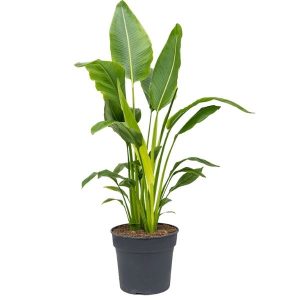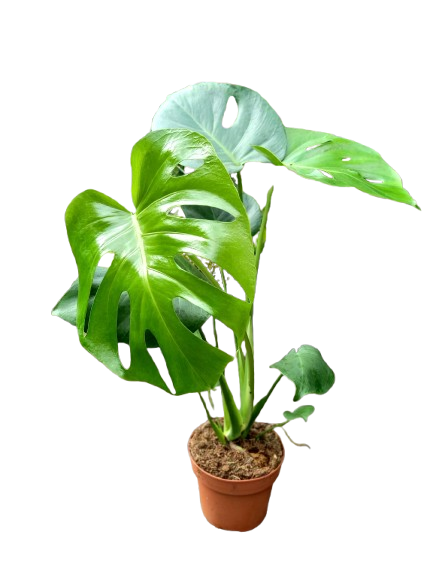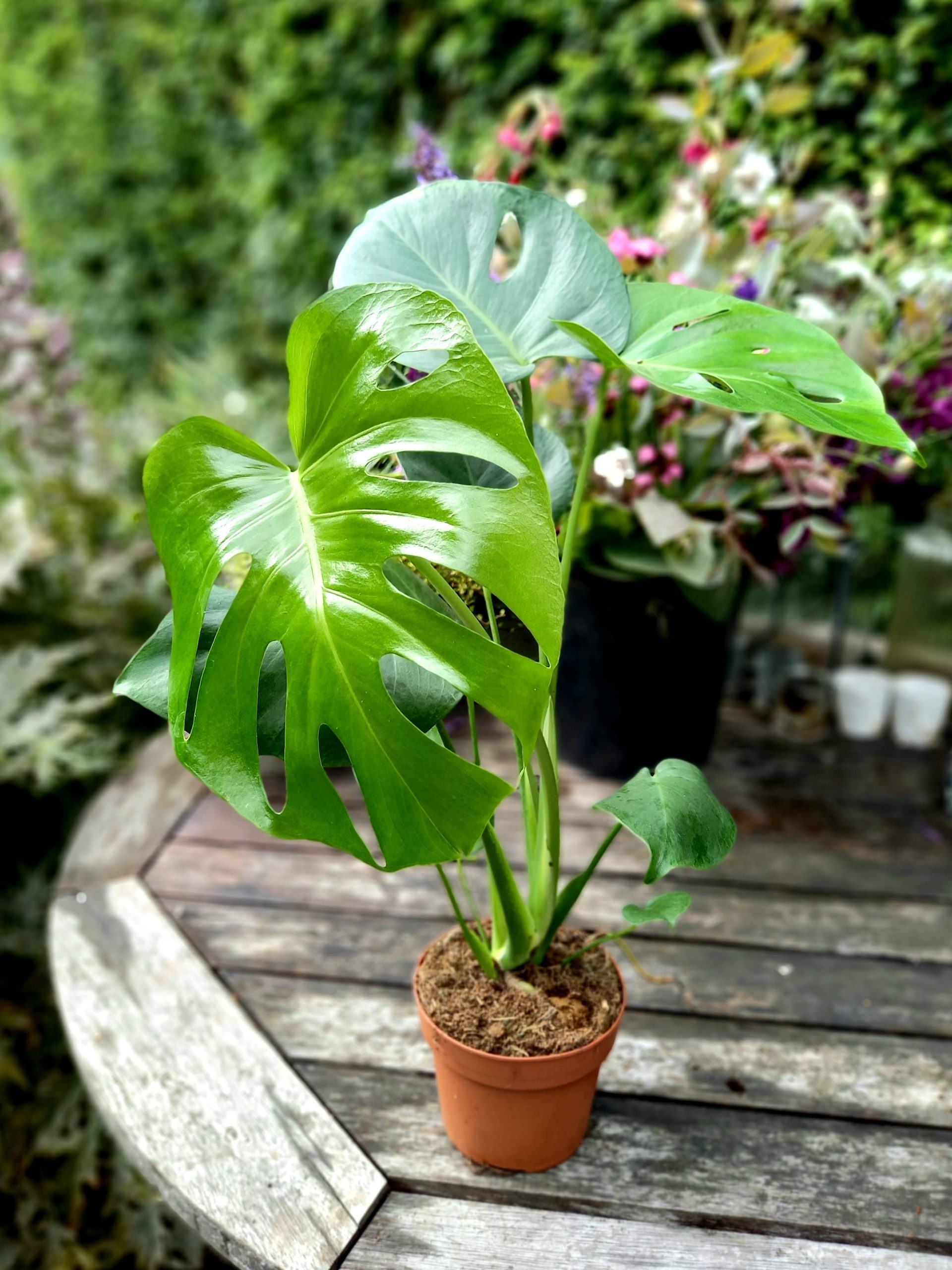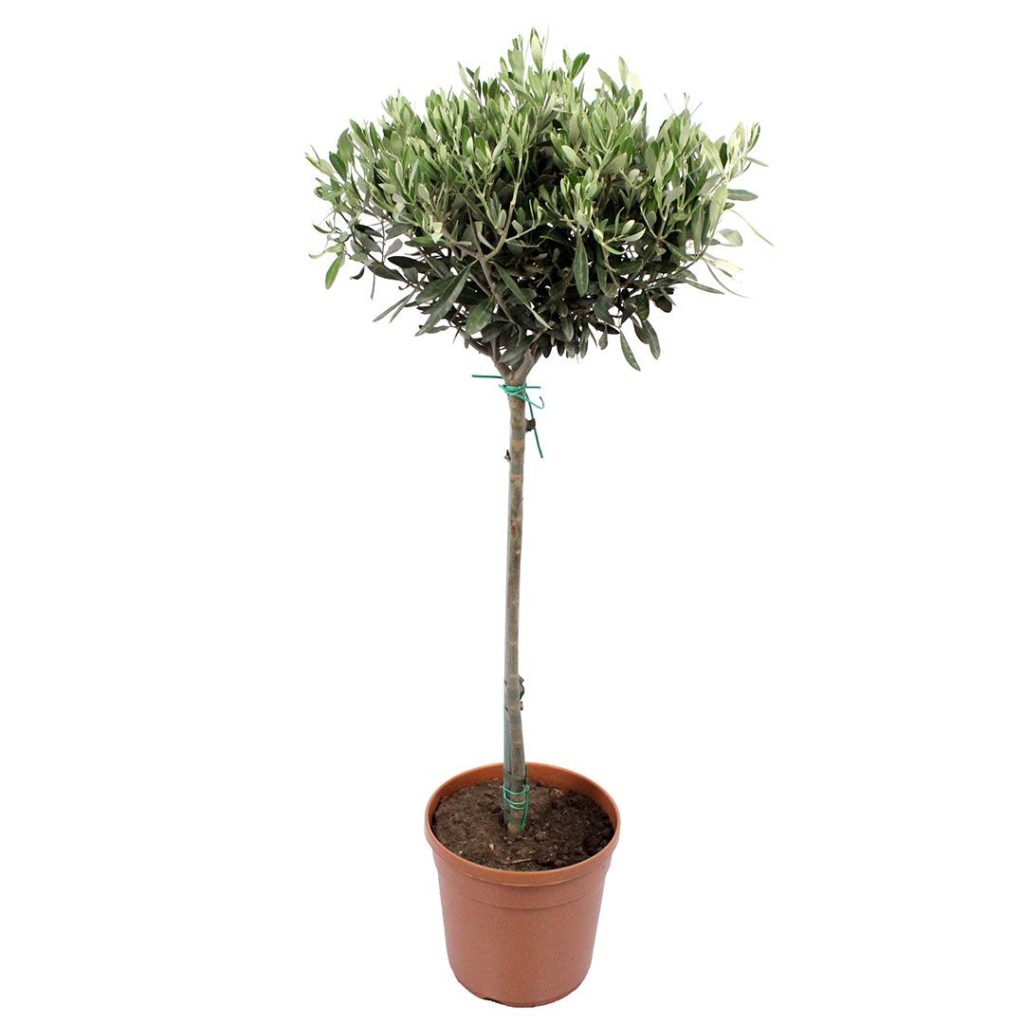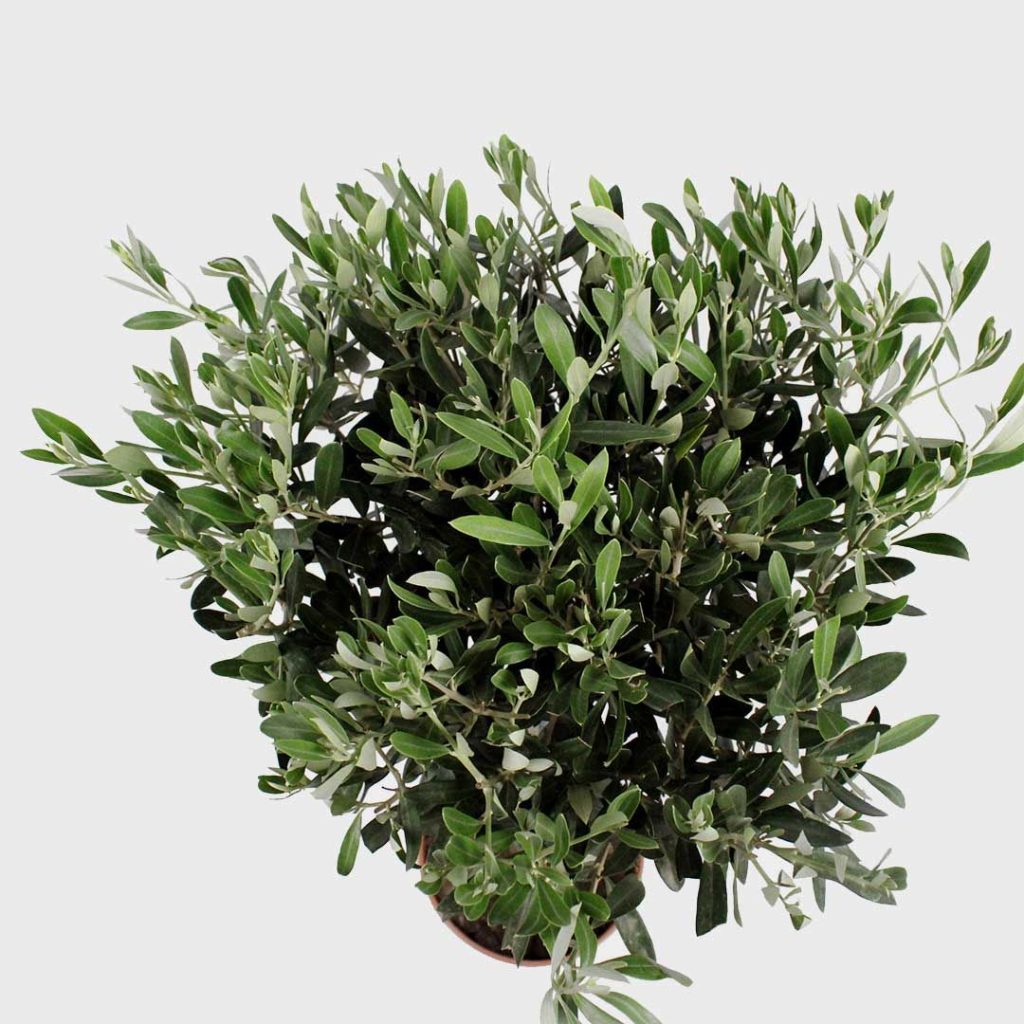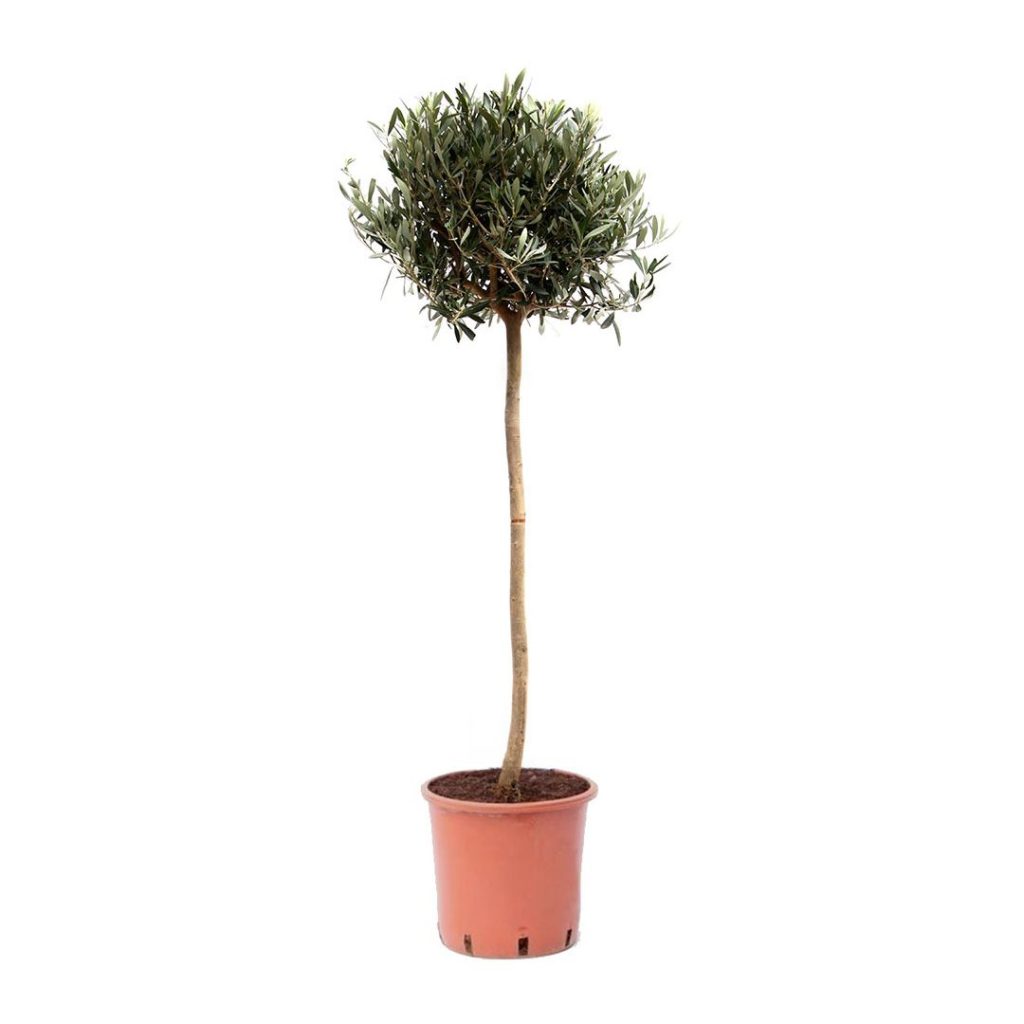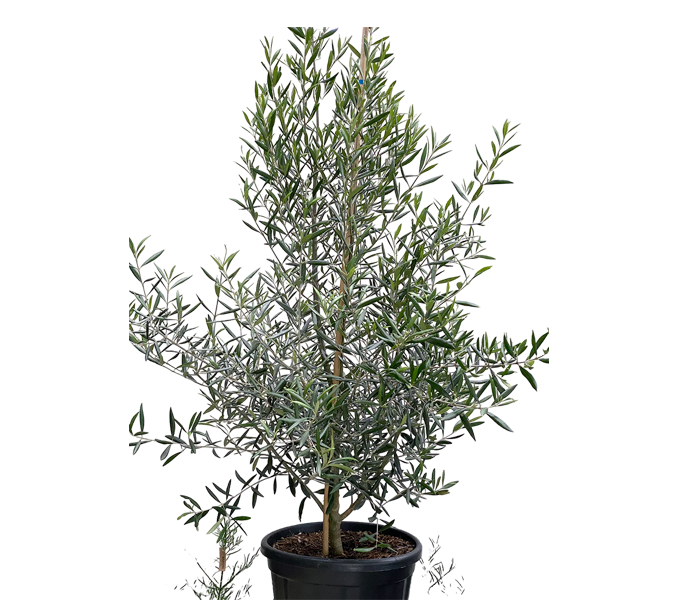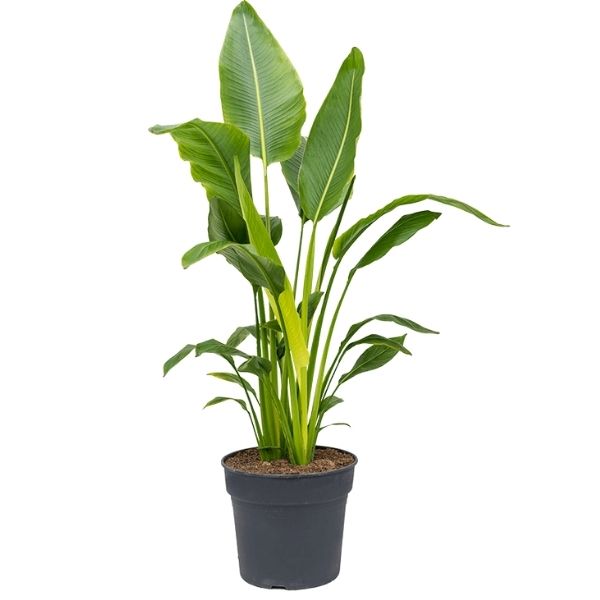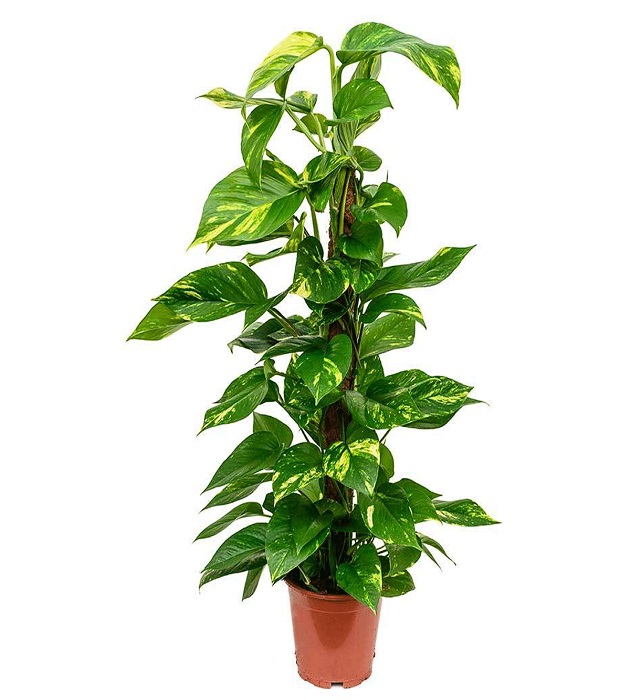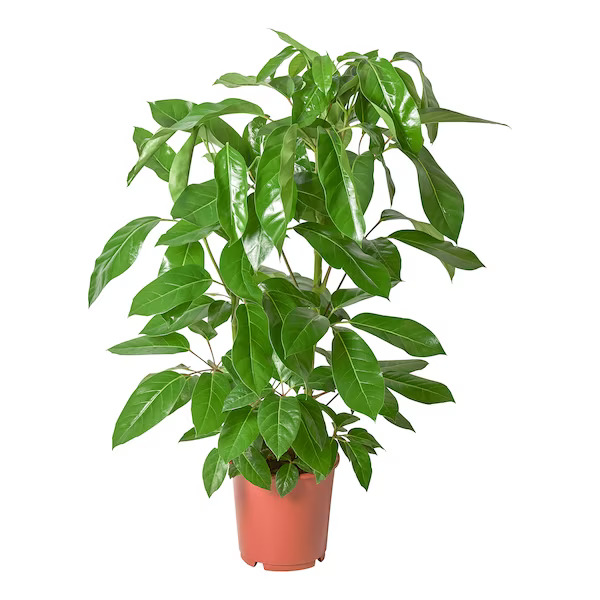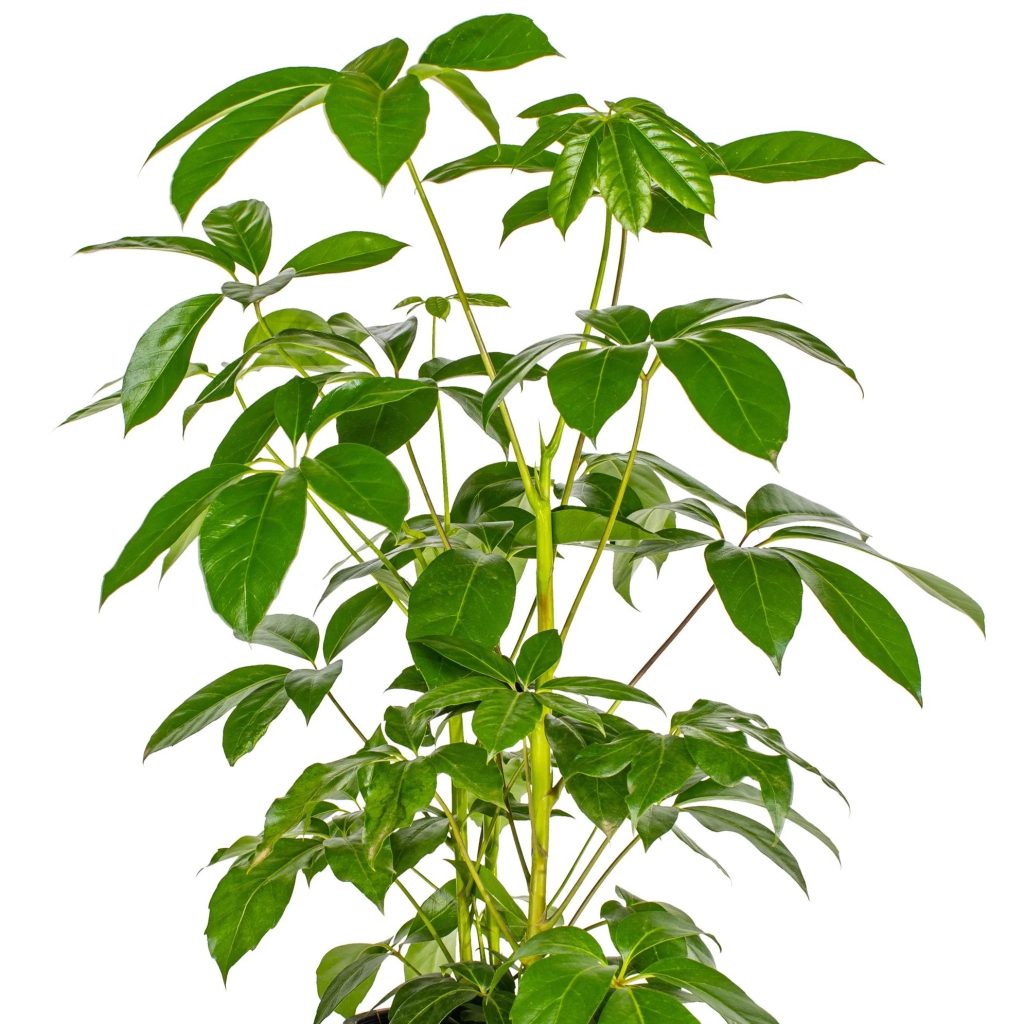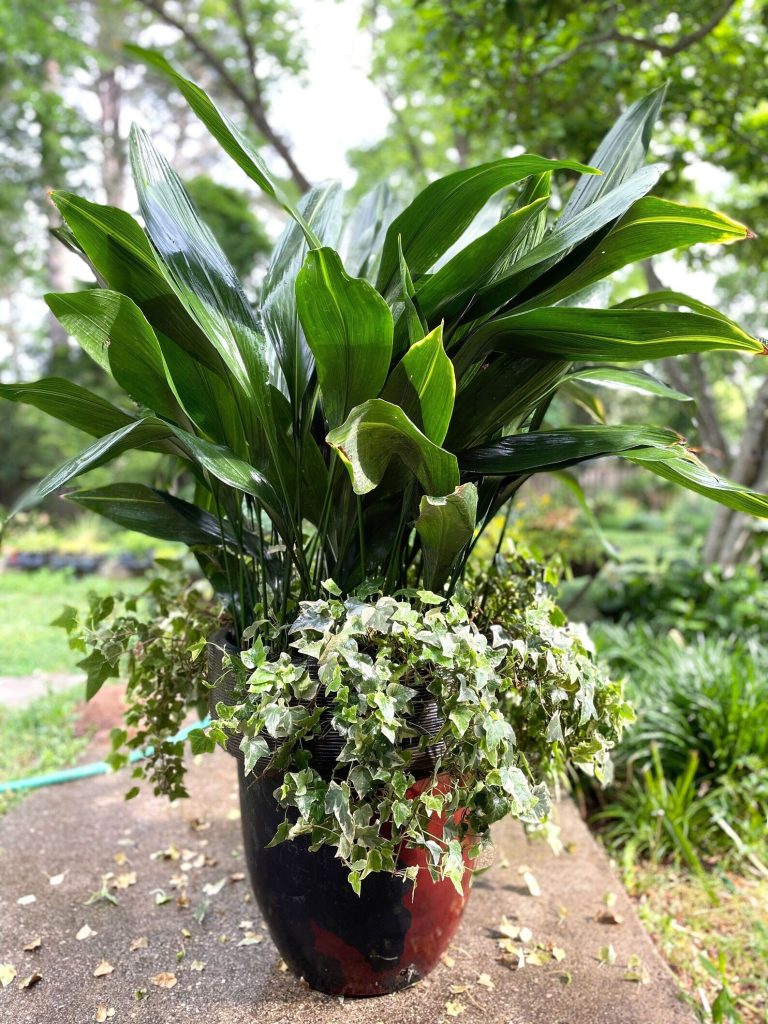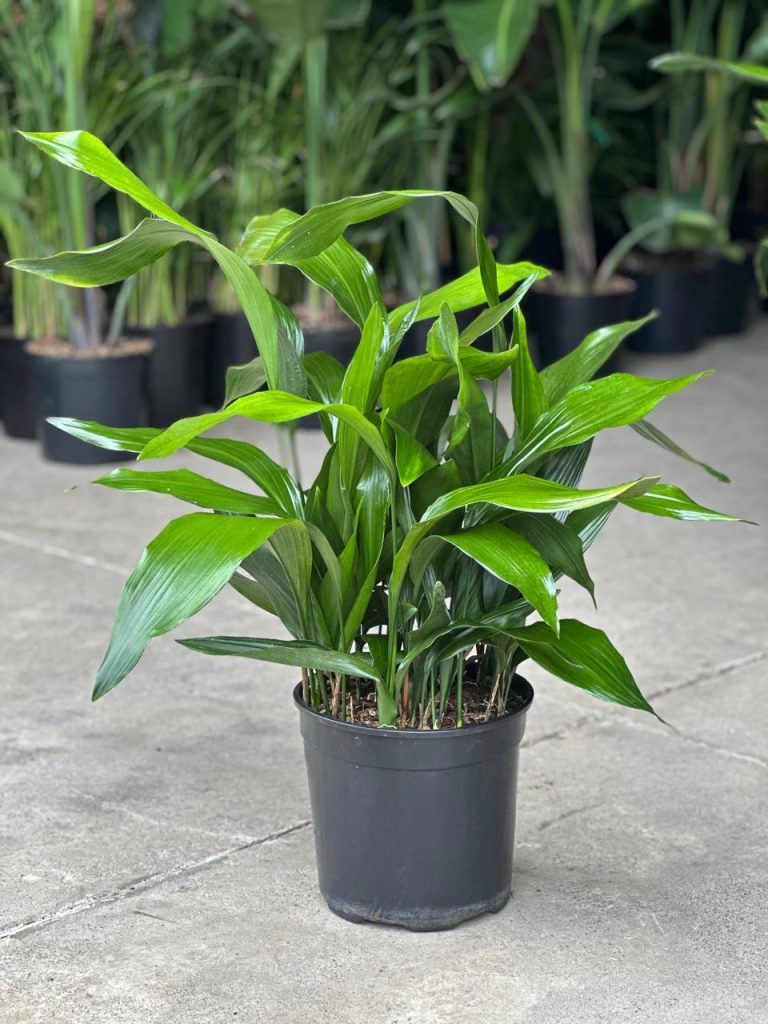
Cast Iron Plant Name & Scientific Identity
- Common names: Cast Iron Plant, Bar Room Plant
- Scientific name: Aspidistra elatior
- Family: Asparagaceae (Asparagus family)
Why Choose the Cast Iron Plant?
- Extremely hardy: Tolerates low light, irregular watering, and cold temperatures.
- Perfect for low-light rooms: Thrives in areas where most plants struggle.
- Low maintenance: Requires little attention to stay lush year-round.
- Evergreen foliage: Adds a rich, classic look to homes and offices.
- Pet-safe: Non-toxic to cats and dogs.
Indoor or Outdoor?
The Cast Iron Plant is best suited for indoor or shaded outdoor areas. It tolerates Nairobi’s chilly July weather and does well on shaded verandas, balconies, or lobbies. Avoid direct sun, which can scorch its leaves.
Cast Iron Plant Indoor Benefits
- Air purification: Gently cleans indoor air over time.
- Minimal watering: Perfect for frequent travelers or those who forget to water.
- Resistant to pests: Rarely affected by common houseplant bugs.
- Elegant style: Looks clean and structured in ceramic, terracotta, or basket planters.
How to Grow a Cast Iron Plant
- Select a medium to large pot with drainage holes.
- Use a rich, well-draining potting mix with compost.
- Plant the root ball at soil level, firming lightly.
- Water thoroughly, then allow topsoil to dry out before watering again.
- Place in filtered light or a shaded corner indoors.
Cast Iron Plant Care
- Watering: Once every 10–14 days; let topsoil dry in between.
- Light: Low to medium indirect light is ideal. No direct sunlight.
- Feeding: Fertilize monthly during warmer months with a balanced houseplant feed.
- Cleaning: Wipe leaves occasionally to remove dust.
- Pruning: Trim off yellow or damaged leaves at the base.
Pests & Diseases
- Root rot: Caused by overwatering or soggy soil. Use well-draining pots.
- Leaf browning: Often from too much sun or dry air.
- Spider mites: Rare, but may appear in very dry conditions—mist leaves or treat with neem oil if needed.
Cultural & Historical Significance
- Victorian era: Popular in English parlors due to its ability to survive smoky, dark rooms.
- Japan: Native to forests and used ornamentally in traditional gardens and homes.
- Symbolism: Represents quiet strength, longevity, and understated elegance.
Is Cast Iron Plant Safe for Pets?
✅ Yes: The Cast Iron Plant is non-toxic to cats and dogs, making it an excellent choice for pet-friendly homes.
Growing in Containers
This plant is perfect for ceramic planters, clay pots, and decorative baskets. It’s a slow grower, so you won’t need to repot often—every 2–3 years is enough. Its upright, leafy form makes it ideal for floor placement in entryways, bedrooms, or shaded patios.
Where to Buy Cast Iron Plant in Kenya
Order healthy Cast Iron Plants Here. Delivered across Kenya in nursery bags or decorative planters. Ideal for homes, offices, and shaded outdoor spaces.
Final Thoughts
If you’ve struggled with fussy plants in cold or dim rooms, the Cast Iron Plant is your solution. It offers reliable greenery, excellent durability, and quiet charm—all with little effort. Whether you’re a beginner or just want something unkillable, this plant earns its place in any collection.
Planters.co.ke is your trusted source for plants, pots, and all things green in Kenya. From starter herbs to exotic indoor plants, we help you grow beautiful spaces—naturally.

